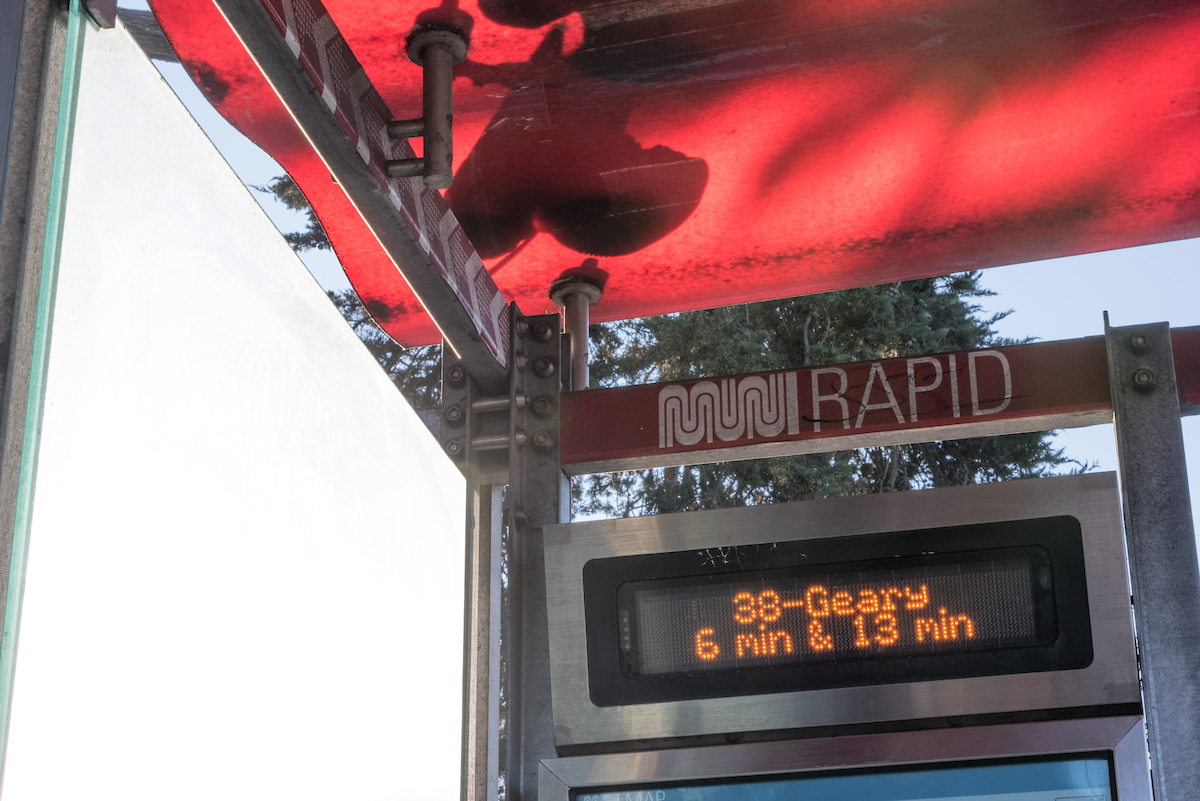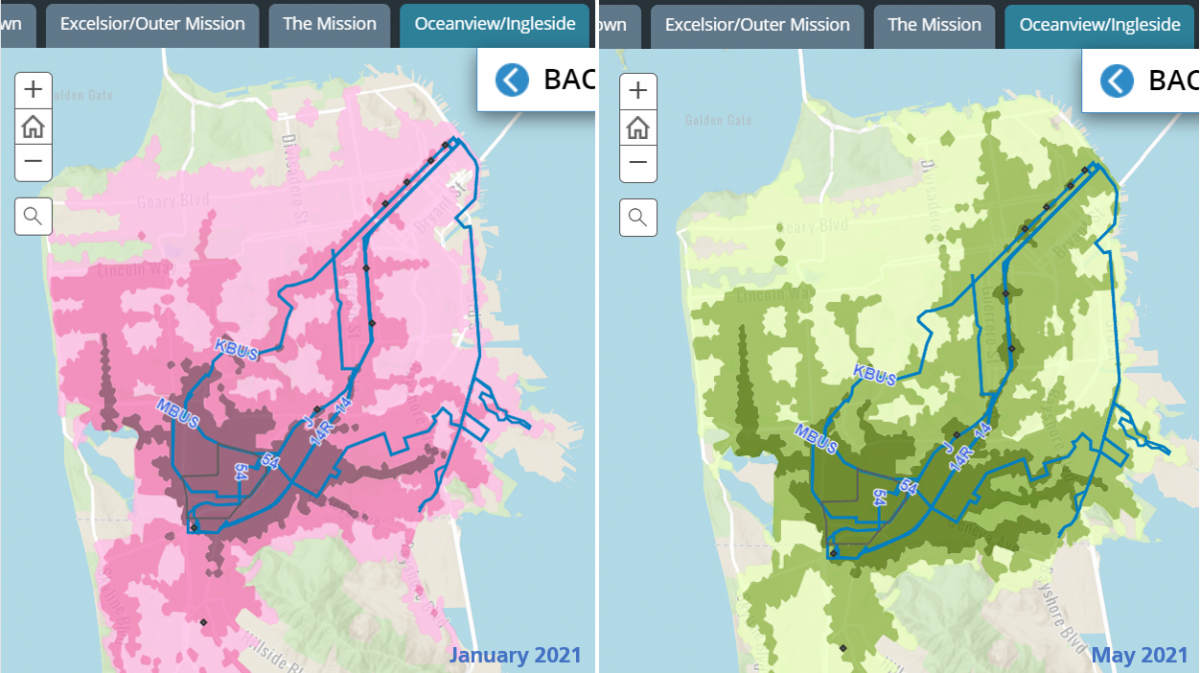By Philip Cranna
On Friday, August 13, 2021, the SFMTA granted Scoot a permit to operate a shared power scooter share system in San Francisco. Scoot’s permit comes in addition to the two 12-month permits previously granted to Lime and Spin on July 1st.
Scooters are a sustainable mode of travel and a complement to Muni and public transit service. The SFMTA’s Powered Scooter Share Program ensures that shared scooter operations support the City’s recovery in a safe, sustainable, and equitable way. We take seriously permittees’ adherence to the permit terms and conditions, which are crafted to ensure private mobility options best contribute to the public welfare of the City.
SFMTA’s decision on Scoot’s permit
In June 2021, SFMTA temporarily deferred the decision to grant a permit to Scoot in order to investigate their compliance with the 2019 permit terms and conditions after learning that Scoot had been operating with unauthorized and inadequately insured contractors in violation of the 2019 permit program terms.
After taking into consideration this new information, SFMTA staff completed a careful re-evaluation of Scoot's application, and determined that the company has qualified for a permit to operate.
The final application scores for Lime, Spin, and Scoot are all within 1 point of each other, demonstrating that Scoot’s application is comparable to other those of other applicants who were awarded a permit.
Permitted Scooter Operators - Final Scores for the 2021 Permit Application
| Operator | Final Score | Permitted Fleet Size |
| Lime | 78.8 | 2,000 |
| Spin | 78.4 | 2,000 |
| Scoot | 78.2 | 1,500 |
Changes to the Powered Scooter Permit Program
Due to the SFMTA’s findings regarding Scoot’s previous misuse of contractors in operations, we have updated the permit terms and conditions to ensure integrity in maintaining employment best practices. The SFMTA now requires all subcontractors to adhere to the identical labor standards we set for the permitted scooter operators’ in-house staff.
The initial maximum fleet size the SFMTA granted to Scoot will be 1,500 scooters, which is the same fleet size they were granted at the end of the 2019 permit. The SFMTA also granted permittees Lime and Spin each the same maximum fleet size –2,000 scooters—they were allowed at the end of the prior permit period.
As under the 2019 permit, the new permit program limits the maximum possible citywide fleet size at 10,000. Permittees may request fleet size increases in increments of 500 scooters every several months. Fleet size increases will be predicated on compliance with SFMTA-defined metrics and policy outcomes, including those focused on equity, access, and sustainability, as well as adherence to all permit terms and conditions.
Next Steps
The SFMTA plans to closely monitor permittees’ compliance with the updated permit terms and conditions. Additionally, Scoot and all other permittees will be subject to other improvements to the permit previously highlighted in our June 2021 scooter share blog post. We also look forward to further stakeholder collaboration as the Powered Scooter Share Program evolves.
Published August 14, 2021 at 12:47AM
https://ift.tt/3g1xGvb


